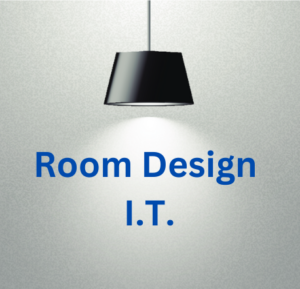Step 5 – Proposal Optimization
Good proposal content is optimized.
Which means it’s written in a manner that is attractive to humans.
Optimized content holds valued keywords your audience searches for in the text and forms.
Form names help get people the information they’re seeking—quickly, efficiently, and accurately.
Knowing these necessary forms and exactly what your audience is searching for is critical.
We know what your desired audience is searching for and what words and terms to include in your proposal content.
That should give you a boost in client reading results.
Are you thinking, “How can I compose better proposal content?”
We understand the struggle.
It can be challenging to understand what your clients are searching for, what your rivals are saying, and how they’re writing, and then use that data to reach your target audience.
Luckily, that is precisely what the Design Spread Sheet platform does.
Our intuitive content insight forms display the precise words and phrases your client is looking for, inform design content, and aid in content ideas. It helps you create a proposal template to structure your thoughts around and make content creation easy with fill-in-the-blanks and dropdown menus for content.
If you require further action, we can assist you with proposal assistance so you can let the writing to us and shift your focus to your business.
Take your time; get started assembling the proposal content that sells today!






